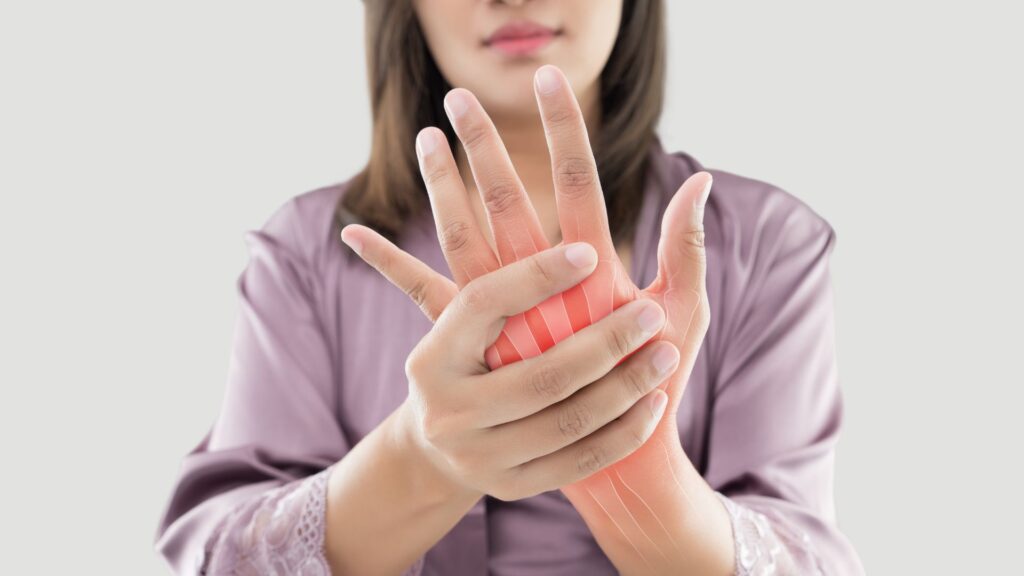About
Anatomy of the Hand: A Quick Refresher
Let’s take a moment to talk about the anatomy of the hand. Your hand consists of 27 bones, and the metacarpal bones are the five long bones that connect your wrist to your fingers. They help create the structure and function of your hand. Each metacarpal bone has a base, a shaft, and a head, with the head connecting to the proximal phalanx of each finger.
Mechanism of Injury: How Metacarpal Fractures Happen
Metacarpal fractures can occur in various ways, but the most common are from direct force, such as punching a wall (also known as a boxer’s fracture) or catching a ball the wrong way, as we saw with Anna. Indirect injuries, like twisting or axial loading, can also cause metacarpal fractures.
Types of Fractures: It’s All in the Details
There are several different types of fractures that can affect the metacarpal bones. Some of the most common are:
- Metacarpal neck fracture: This is the most common hand fracture and often occurs due to punching with a closed fist.
- Metacarpal shaft fracture: This type of fracture occurs in the middle portion of the metacarpal bone.
- Intra-articular fracture: These fractures involve the joint surface and can be more complex to treat.
Diagnosis
Symptoms and Signs: When to Seek Help
Metacarpal fractures can cause various symptoms, including:
- Pain and swelling at the fracture site
- Difficulty moving the affected fingers
- Deformity of the hand or fingers
- Numbness or tingling due to nerve involvement
If you experience any of these symptoms after an injury, like Anna did, it’s essential to seek medical attention.
Examination and X-ray: Diagnosing the Fracture
When you visit a healthcare provider, they will conduct a thorough physical examination, checking for deformity, soft tissue damage, and any signs of open fractures. They may also test the range of motion of your fingers and assess your grip strength.
An X-ray is crucial in diagnosing metacarpal fractures. It helps visualize the bones and determine the type of fracture, any displacement, and whether it involves the joint surface (intra-articular fracture).
Treatment
Heading One
Lorem ipsum dolor sit amet, consectetur adipiscing elit. Ut elit tellus, luctus nec ullamcorper mattis, pulvinar dapibus leo.
Heading Two
Lorem ipsum dolor sit amet, consectetur adipiscing elit. Ut elit tellus, luctus nec ullamcorper mattis, pulvinar dapibus leo.
Next Steps
Urgent Care Brisbane: Anna’s Partner in Metacarpal Fracture Recovery
Now that you know all about metacarpal fractures, let’s talk about how Urgent Care Brisbane helped Anna manage her injury without a trip to the hospital emergency room. With on-site radiology, they quickly diagnosed her fracture and determined the best course of action. Their experienced staff performed a closed reduction, applied a synthetic cast, and provided expert follow-up care to ensure her hand healed correctly.
Metacarpal fractures are common injuries that can happen in everyday life. Understanding the anatomy, mechanism of injury, types of fractures, and how to recognize the signs and symptoms can help you seek the appropriate care quickly.
Urgent Care Brisbane, as seen with Anna’s experience, is an excellent option for managing metacarpal fractures without the long wait times and costs associated with a hospital emergency room. With their expertise and commitment to your recovery, you’ll be back to enjoying barbeques and catching footballs in no time!

